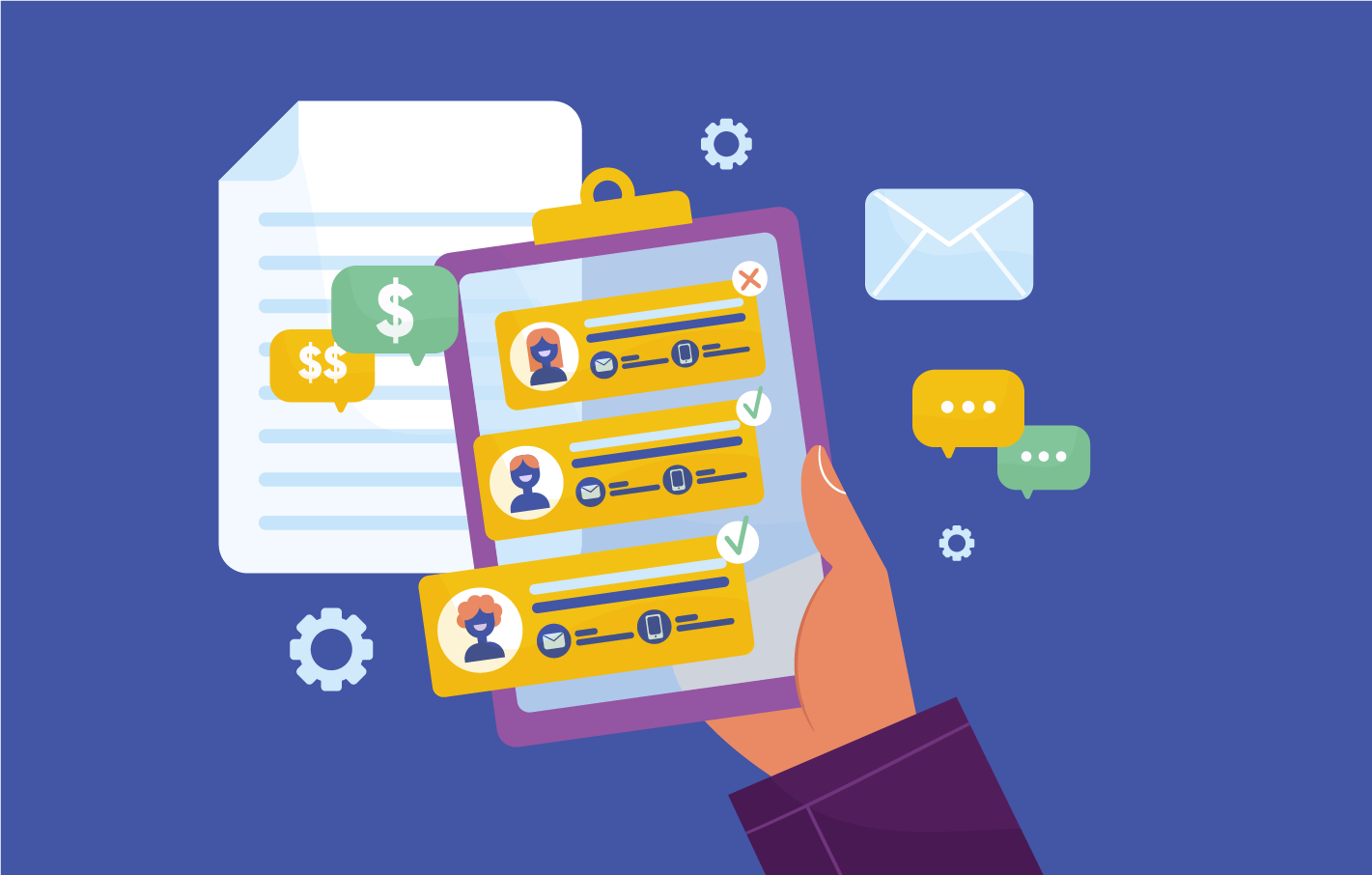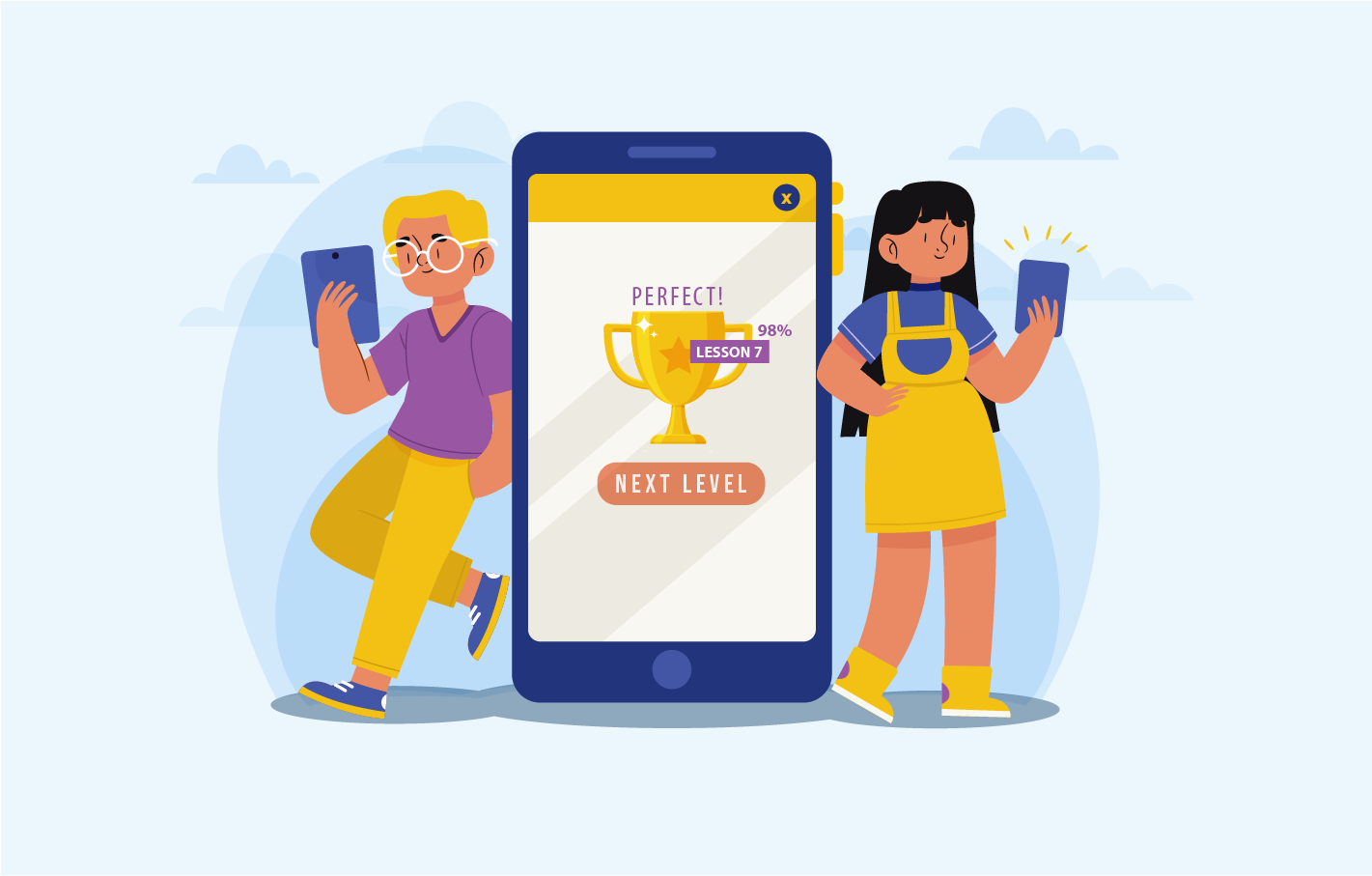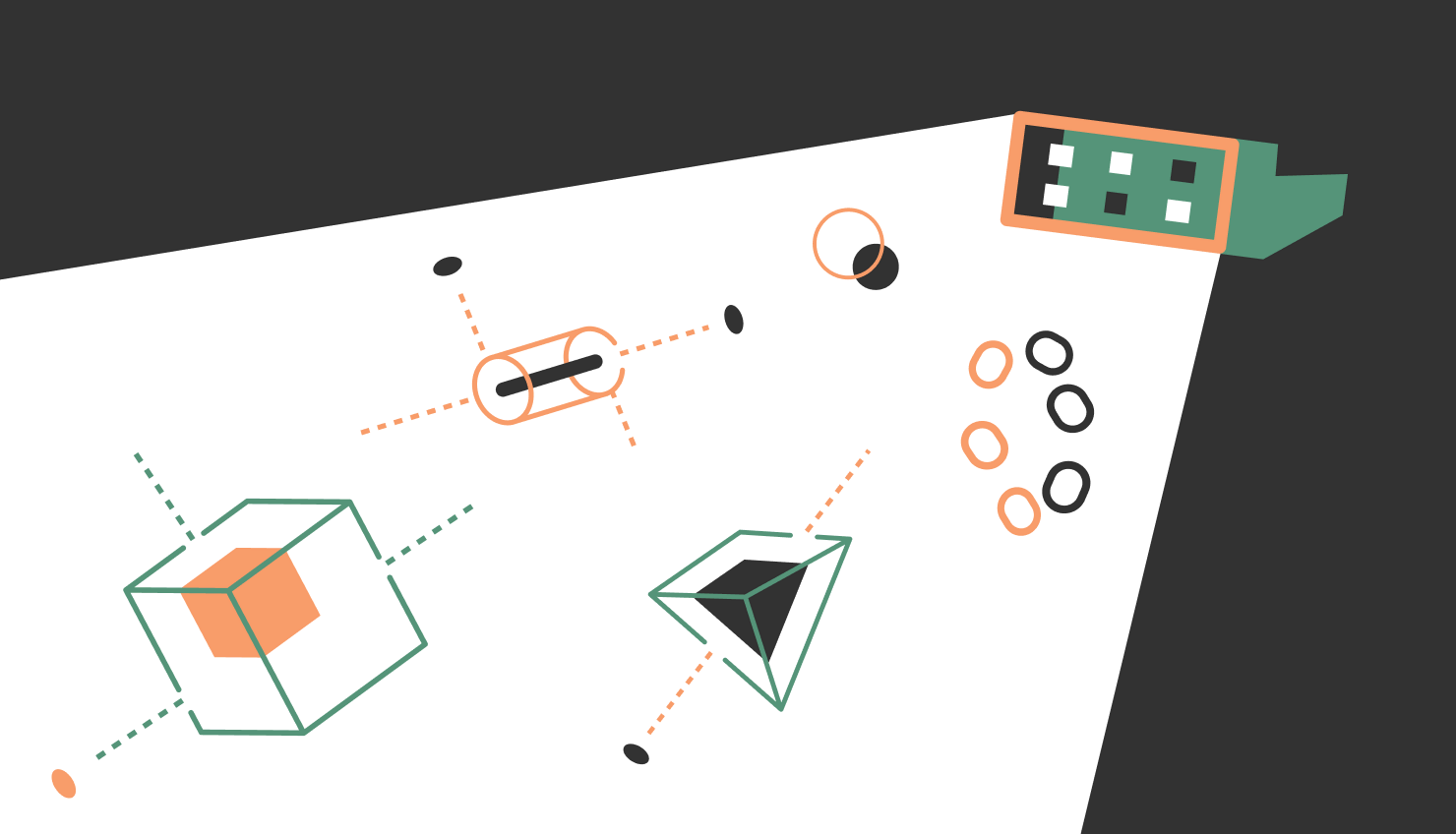One such approach is the application of virtual reality (VR) and augmented reality (AR), which have taken the learning and development industry by storm. Until only a few years back, AR and VR were only limited to the gaming industry, but they now represent innovative ways to train and engage workforces, delighting and putting instructional designers in awe with endless possibilities.
AR and VR technologies have taken learning to a whole new level, enhancing the level of personalization to the extent that learners never experienced before. This guide takes an in-depth look into the impact of virtual and augmented reality on L&D. Let’s start with defining AR and VR and understanding the key difference between them.
What is Augmented Reality (AR)?
The core idea of Augmented reality is to augment or add to your vision. AR devices, including the enterprise-level ‘smart glasses’ and Microsoft HoloLens, are transparent, allowing you to view everything that’s in front of you as if you’re wearing a pair of sunglasses. The technology is designed to depict the free movement of projected images over whatever you see around you.
The concept covers AR apps in smartphones including games like Pokemon Go that use the smartphone camera to track the user’s surroundings and add exciting information on top of it on the device screen.
AR displays are used in many different ways for a diverse range of applications. You can simply use it as a data overlay showing the time or view floating holograms in the center of a room. The popular smartphone game, Pokemon Go, depicts the Pokemon character on the device screen, which stays on top wherever you point the camera. Similarly, smart glasses, such as the Magic Leap One and the HoloLens, allow you to position floating app windows and 3D decorations in your surrounding areas.
What is Virtual Reality (VR)?
On the other hand, VR technology relies on devices known as VR headsets that totally take over your vision, making you feel as if you’ve entered a different world. The most popular VR headsets, such as the Oculus Rift and the HTV Vive, totally block the real surroundings making you feel as if you’re blind if you wear them while they’re switched off.
As soon as you switch on the VR headset, its lenses refract the OLED or LCD panels inside them, completely filling your field of vision with an altered, illusive view. In other words, it replaces the real world with a virtual one for the user. It can be a field training program, a game, or simply a 360-degree video.
The majority of VR headsets, including the Vive, the Rift, the Windows Mixed Reality Headsets, etc., rely on six-degrees of freedom (6DOF) motion tracking using their outward-facing cameras or external sensors. They track not only the direction you’re facing but also the movements you make in those directions, allowing you to move in an imaginary space with virtual hands. The virtual space is typically limited to a few square meters, yet it offers much more flexibility and engagement than merely standing still and viewing in things around you.
The Key Difference Between AR and VR
While the devices for AR and VR look quite similar, the two technologies are designed to accomplish two very different things. While AR only adds to the reality, placing information on what you’re already viewing, VR totally replaces reality, taking you into an entirely different setting.
No doubt both are powerful technologies making their mark in eLearning in corporate and education sectors, but we never know what’s coming next. Based on what’s visible, they can completely change the way we use computers in the future.
Impact of AR and VR on L&D
Ease of Visualizing
Imagination plays a key role in effective learning, but only a few people are able to visualize concepts they learn. That’s exactly why you notice a lack of interest from the learners, even though eLearning has long been part of training programs.
Augmented reality helps learners view things that they were supposed to imagine on a digital screen, including that of a smartphone. In this context, augmented reality app development is a breakthrough invention that lets learners see beyond the real-life objects.
Plus, virtual reality takes the learning experience to the next level by helping them visualize ideas in 3-D through the VR device. Hence, the technologies are a blessing for learners who aren’t good at imagining things. Thus, they are great for their overall development.
Work Becomes Fun
Peter Rubin, in his WIRED Guide to Virtual Reality, defines virtual reality as a technology through which computer-aided stimuli help set up the immersive illusion of being somewhere else. This immersive illusion is the most powerful feature of VR that fully captures learners’ attention. The feeling of ‘being there’ is what makes VR training an exciting learning tool and enhances a learner’s capacity to retain information.
VR is all about going into the virtual world, leaving behind all the distractions. No other method provides a learning environment better than VR.
Virtual and augmented reality have already made their way into the designing world and are used to design buildings, cars, three-dimensional images, etc. For many employees, work is all about wearing a VR device and simply moving fingers in the right direction to form an image.
When work becomes fun, learning also becomes fun. With more exciting training programs, the productivity and effectiveness of employees improve, fostering development.
Better Information Retention
The lack of curiosity is another critical reason for learners to put off learning. The greatest impact of virtual and augmented reality on L&D is the tremendous visualization that has brought back that curiosity to learn.
The most effective characteristic of VR is that it teaches skills through simulation. Professor Thomas A. Fullness III may not have known that the visual flight simulator that he invented in 1966 marked the first step toward VR training. The simulator included head-mounted displays that provided trainees with real-world scenarios that would have been too dangerous and costly in reality. In a simulated environment, pilots performed key tasks repeatedly and learned incident management tactics.
From the above example, we realize that when people feel like they’re there and repeatedly perform the tasks, they develop a strong physical memory and more easily retain new information. The human brain tends to forget things. For training to be effective and guide long-term behavior, it must be stored in long-term memory, which leads us to the fact that information retention is the true goal of training.
The 1969 Cone of Experience Theory by Professor Edgar Dale was based on the same premise. It explained that the information learners retain intricately depends on the medium through which they learn. A human mind remembers 10 percent of what the person sees, 20 percent of what they hear, but 90 percent of what they perform.
This claim is also supported by numbers. A University of Maryland research conducted a memory test on a group of learners that attended VR-based training. The study conducted the learners recall ability scores with those of another group who received training through two-dimensional displays on computer screens. Of those who received VR-based training, 40% scored at least 10% higher than those who used computers.
Hence, VR pushes learners into an entirely different world, allowing learners to do things that are too expensive, too dangerous, or too difficult to undertake in real life. It allows learners to engage with the spatial representation of the information they’re supposed to receive.
This way, VR-based training incredibly reduces the risks and costs for businesses and learners, while allowing learners to attain first hand skills training on-demand as well as on location. Learners don’t just read the experience but also live the experience in a controlled setting.
Language is no Longer a Barrier
When learners are required to go through extensive readable content in training programs, they must be proficient in the language the training is delivered in. That’s not necessarily true with VR and AR-based training modules, which rely on the language of visuals that everyone understands.
These technologies have enabled the development of training programs around the globe that allow everyone to learn the most demanding theories and models applicable at work. Remote learning with AR and VR is easier than ever.
More Research Scope
Another incredible impact of virtual and augmented reality on L&D is the expanded research scope for organizations. Through augmented reality app development, organizations are able to see things they couldn’t see before despite knowing that they exist. Medical practitioners are learning new things about the human body by looking at their expectations.
The same advancements, when applied to learning, means that future doctors will be more knowledgeable and proficient than current physicians. Hence, certain medical colleges have already started teaching students on how to make the most of AR.
Furthermore, drawing is now easier than ever for engineers, who can now use AR and VR to imagine models and structures in no time as well as train others in a similar manner.
Altering Behaviors and Creating Empathy
Virtual reality also has the power to simulate another person’s experience. Not only does it create a perfect training environment, but one can also experience what it’s like to be in another person’s shoes, performing that person’s tasks or experiencing how they treat a person in a given environment.
Employers can learn how their staff feels when they are faced with different work situations, thereby creating empathy. Beyond that, behavior-altering VR training can also help address wider societal issues such as bias and discrimination. Here are some examples of using VR in the L&D field to enhance empathy:
-
If you are a hotel chain, you can use a VR-based training program for your service team, giving learners a chance to experience the challenges of working in a hotel and handling difficult customers that the hotel staff faces every day. Furthermore, as a manager, you can use the same program to determine what it feels like being treated in different ways.
-
To reduce discrimination, you can use a VR set to create a situation where the learner interacts with someone without being able to hear them. This can help create empathy for those with hearing disabilities.
Closing Thoughts
To sum it up, virtual and augmented reality is transforming eLearning in unprecedented ways. Not only have they made learning exciting and interactive, but they have also made it remarkably easier for learners to retain the acquired information.
Now that you know what virtual and augmented reality is and have studied their impact on L&D, it’s time to enrich your eLearning programs with these technologies.
If you’re looking to develop an eLearning course, get in touch with Raccoon Gang. We use the Open edX platform to develop innovative online training programs for employees, delivering all the necessary tools for learning. To learn more, contact our team today.





